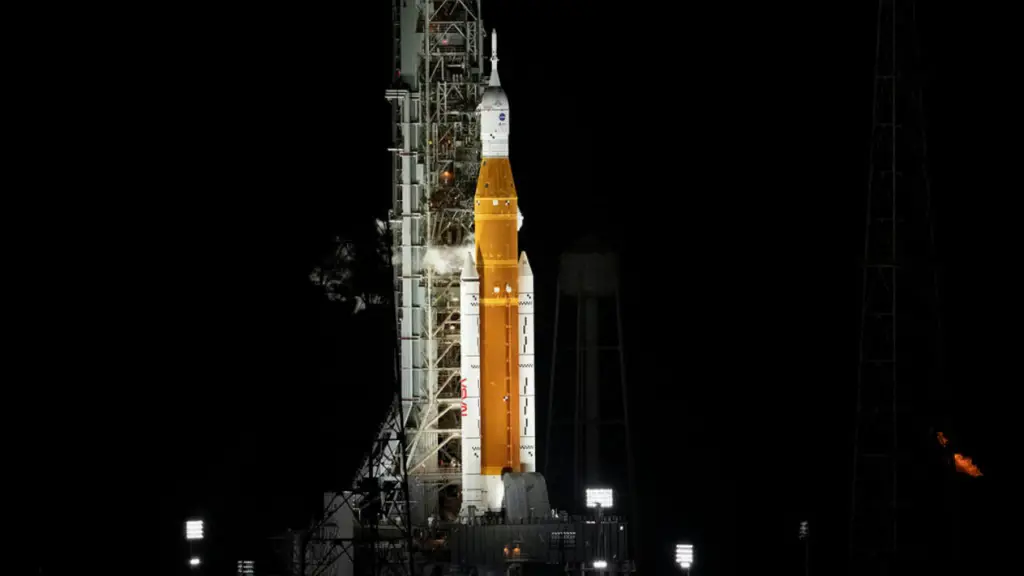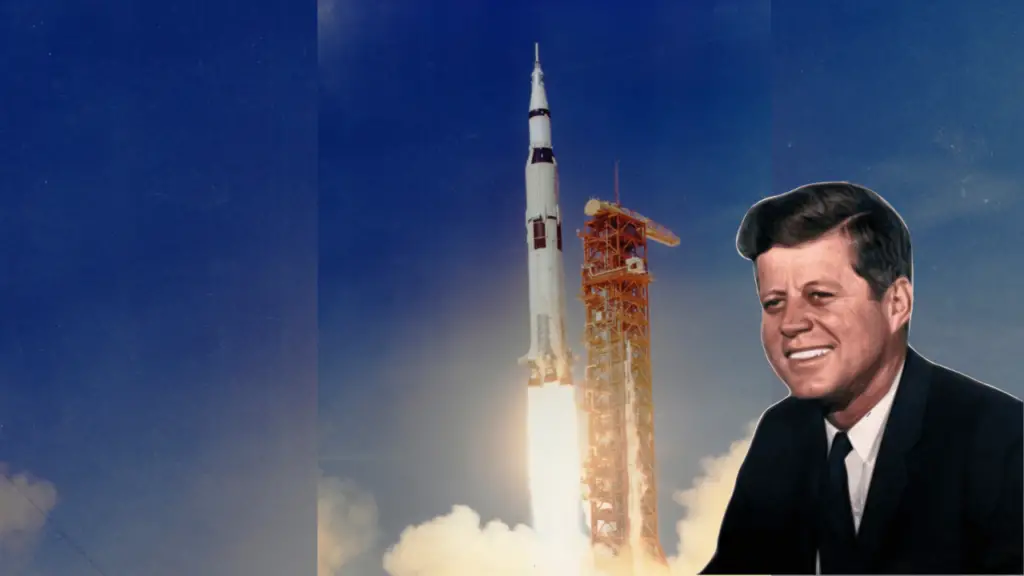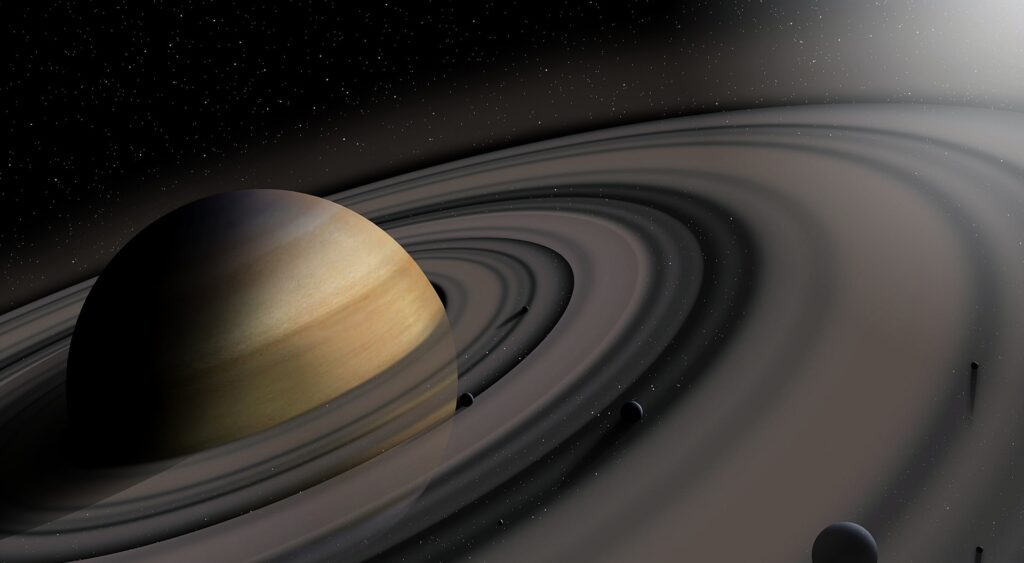Lunar colonization is inevitable. But when are we going to fully colonize the moon? Migration to a new region to advance the human civilization have been part of our human history. Our first ancestors migrated from Africa to spread across the world years back. Migration also made Explorer Christopher Columbus to discover America in 1492 on board his ship Santa Maria.
But unlike migrating from one location to another within Earth, migrating to the moon to start a colonization there require a lot of effort. According to futurists, we will be able to fully colonize the moon if we can successfully establish lunar bases, lunar villages, lunar underground habitation system and many other fascinating technologies.
In fact, the colonists living on these habitats will mostly depend on technologies for survival. Yes, technologies help to make life much easier on Earth, but the human ancestors survived on Earth with them. But on the moon, the surviving chances of the colonists will heavily depend on technological advancement of the human civilization.
So how far are we preparing to sustain humanity on the hostile terrains of the moon? NASA is currently hoping to establish permanent human presence on the lunar surface starting with its Artemis crew programs. But can this bold step enable us to fully colonize the moon in the 21st century?
Let’s look at the facts
On July 20th, 1969, NASA’s Astronauts Neil Armstrong and Buzz Aldrin successfully landed on the moon as the first humans to ever attain such a milestone. After that, the American space agency proceeded to land 10 other astronauts on the moon. The Apollo 17 crew were the last to leave the lunar surface in December 1972.
Until date, no human has ever reached the lunar surface again. However, in 2017, NASA started its Artemis space program with the intention of returning humans to the moon. But unlike the Apollo Space Program, NASA is planning to establish permanent human presence on the moon this time around. But does this means that we will colonize the moon starting with Artemis crewed program?
Efforts Made So Far In Preparation of the Future
Artemis 3 astronauts will land on the lunar South pole in September 2026, according to NASA’s most recent announcement. However, they will still return to Earth after sending some days on the lunar terrains. NASA partnered with some international bodies to develop the lunar gateway space station that will make it easier for humans to access the lunar surface.
Just like the International Space Station orbits around Earth, the Lunar Gateway Space Station will orbit around the moon. Hence, astronauts coming from Earth, will first arrive at the orbital gateway before descending to the lunar surface. It’s core will be launched to lunar orbit toward the End of this century.
NASA revealed that its Artemis V astronauts will likely reach the lunar surface via the Blue Moon lander which will be attached to the futuristic Lunar Gateway Space Station in 2029. The lunar gateway is one out of several technologies currently undergoing development to make lunar colonization much easier for humanity.
NASA partnered with other agencies to build lunar roving vehicles, lunar bases and other technologies that will it safer for humanity to thrive on the moon. The agency revealed that its moon base should be functional on the moon by the 2030s. This implies that partial lunar colonization will likely commence officially in the next decade.
Lets Talk About How NASA is Preparing to Land Artemis 3 astronauts to kickstart our goal to Colonize The Moon in the 21st century
Based on the preparation made by space agencies, we can see the promising future of humankind on the lunar surface. Recent announcements made by these agencies is already making 2030s another interesting decade for humanity on the moon. The future of humans on the moon starts with NASA’s ability to land the first Artemis crew near the lunar south pole in September 2026.
But will NASA pull this off? The SpaceX starship which will land Artemis 3 astronauts on the moon is still undergoing testing. The company attained greater success during its most recent test flight. This reveals a promising future of the Starship among the Stars. Since we still have more than 2 years to September 2026, SpaceX will surely be ready before then.
Axiom Space, the aerospace company contracted for the development of Artemis 3 spacesuits are also working tirelessly to ensure that these suits are ready on time. Once the technologies required for this mission is fully ready to use, NASA will surely follow to their mission timeline and successfully land humans on the lunar south pole.
Can we colonize the moon in 2030s?
The effort made so far reveals that we will surely have astronauts on the moon by 2030s. However, the operation will likely look like how space agencies currently send humans to the International Space Station. Once the lunar gateway, lunar bases and other lunar infrastructures are set, NASA will officially commence with sending astronauts to the lunar surface on a regular basis.
As one batch of the crew is leaving, the agency will surely send another batch to replace the outgoing crew. Hence, we should not be expecting to see lunar villages, and other infrastructures we currently have on Earth on the lunar terrains in the 2030s. However, before the end of 2030s, we may likely be approaching the future of welcoming civilians on the lunar surface. The will just visit the moon to experience the amazing technologies NASA and other agencies have installed on the lunar surface.
FAQ
What is colonizing the Moon?
Colonizing the moon is a fascinating future where humans will live permanently and work on the lunar surface. The lunar colonists will be completely independent of getting supplies from Earth. This implies that people on the moon will have the ability to grow their own food, provide their basic needs and power their colonizes without searching for support from Earthlings.
What is NASA plan to colonize the Moon?
NASA plans to colonize the moon starting with its Artemis space program. The agency hopes to launch its Artemis 3 astronauts to the moon in September 2026 after completing its Artemis 2 mission in September 2025. NASA is also partnering with other agencies to build technologies like the lunar gateway, moon bases, lunar terrain vehicles among others to make lunar colonization much easier for the humankind.
In conclusion, the future of lunar colonization is already looking interesting based on the effort made so far. However, we may not fully colonize the moon in the 2030s. Hopefully, our civilization will attain such a milestone before the end of the 21st century.





